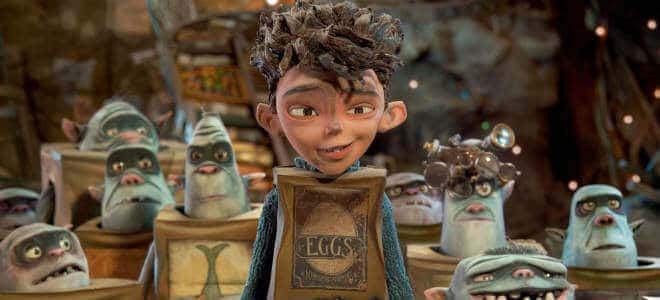
3D Animation
3D animation is the manipulation of three dimensional objects and virtual environments with the use of a computer program. This form, which is also called computer-generated imagery (CGI), is a fairly recent technique that only came into use during the 1990s. Before that, the closest thing to 3D animation was stop-motion and Claymation, which involved using real-life objects and taking pictures to give the illusion of motion. Now it is arguably the most popular form of animation and is used in anything from TV shows, video games, and feature films.
- Animators first create a 3D polygon mesh with various connected vertices to give it form.
- The mesh is then rigged by giving it an armature, a skeletal structure that can be manipulated to make the object appear in specific poses.
- After making other objects and environments, the artist then uses the software to create scenes that are much more lifelike than 2D animation.
Live-action films like Transformers, Avatar, and The Avengers would not be as impressive if you removed all the 3D elements, which often include entire characters and settings. 3D has also become the standard visual style for video games because it lets players do much more than a 2D game.



2D Animation
2D animation is when scenes and characters are animated in a 2D space instead of a 3D environment. Today, artists use computer software to create everything in a 2D animation, including environments, characters, visual effects, and more.
For most of the 20th century, animation was done by taking photographs of drawings on paper and then placing them on transparent acetate sheets called cels. This process was abandoned with the introducing of computers, which allows artists to create digital animations and then use techniques to manipulate the image. Compared to drawing multiple images, using computers is far less time-consuming and effective.
Although drawing skills are still required to be a 2D animator today, most of the work is done with the use of computer software.
2D animation was also once the dominant art form for most of video game’s history. Beloved titles like Super Mario Bros, Mega Man, Super Metroid, and The Legend of Zelda all employ 2D visuals.
Despite 3D being the most popular style for games, indie developers are making 2D games popular again with hit titles like Shovel Knight, Braid, Limbo, and more.



StopMotion
100 years old technique, a Stop-frame Animations, 2D or 3D technique that make any object appear to move on its own. The 3D or 2D object in question be it a ball, an apple or a clay character or a flat image or paper cutout is moved by small increments between individual photographs or frames, giving the illusion of movement when the sequence of photographs or frames are played back to the observer.
CelAnimation
This was the traditional method used to create 2D animations before the introduction of computers. Cel animation involves drawing various images that are slightly different and then tracing them onto transparent sheets called a cel. This method is mostly obsolete since it is far more time-consuming and costly to produce.



Claymation
Clay animation is a form of stop-motion that is popular enough to be seen as its own technique. This involves the same process but clay (plasticine) is used for almost all the characters, objects, and backdrops. Tim Burton has popularized this technique by using it in a number of his films, including Beetlejuice, The Nightmare Before Christmas, Corpse Bride, and James and the Giant Peach.
Paint-On-Glasmotion
This rare but attractive technique requires the manipulation of slow-drying oil paints on sheets of glass to create the illusion of motion. Even though it is uncommon and difficult to do, paint-on-glass animation is usually well-received. A Russian animator by the name of Aleksandr Petrov has used this technique to create seven films, and all of them been award winners.
SOFTWARE FOR
2D Animation
- Toon Boom Studio
- Autodesk’s SketchBook Pro
- Anime Studio Debut
- DrawPlus
- FlipBook Lite
- Adobe Photoshop
- The TAB Pro
- CrazyTalk Animator
- MotionArtist
- Flip Boom Cartoon
The number of shows that have been made with 2D animation is near-endless, with some of the more well-known ones being The Simpsons, SpongeBob Squarepants, South Park, and Avatar: The Last Airbender. Anime, a style of Japanese animation inspired by their manga comics, also makes use of 2D animation. Some of the biggest anime hits are: Dragonball Z, Naruto ,One Piece, Attack On Titan etc
SOFTWARE FOR
3D Animation
- Autodesk Maya
- Autodesk 3ds Max
- Unity
- CINEMA 4D
- Houdini
- Autodesk Softimage
- LightWave
- Modo
- TurboCAD Deluxe
- SketchUp Pro
Some of today’s most successful titles are in 3D, including Super Mario 3D World, Bloodborne, Halo, Call of Duty, and many more. Television has also finally started seeing a number of well-received 3D shows such as Star Wars Rebels, Kung Fu Panda: Legends of Awesomeness, and the latest Teenage Mutant Ninja Turtles series.

